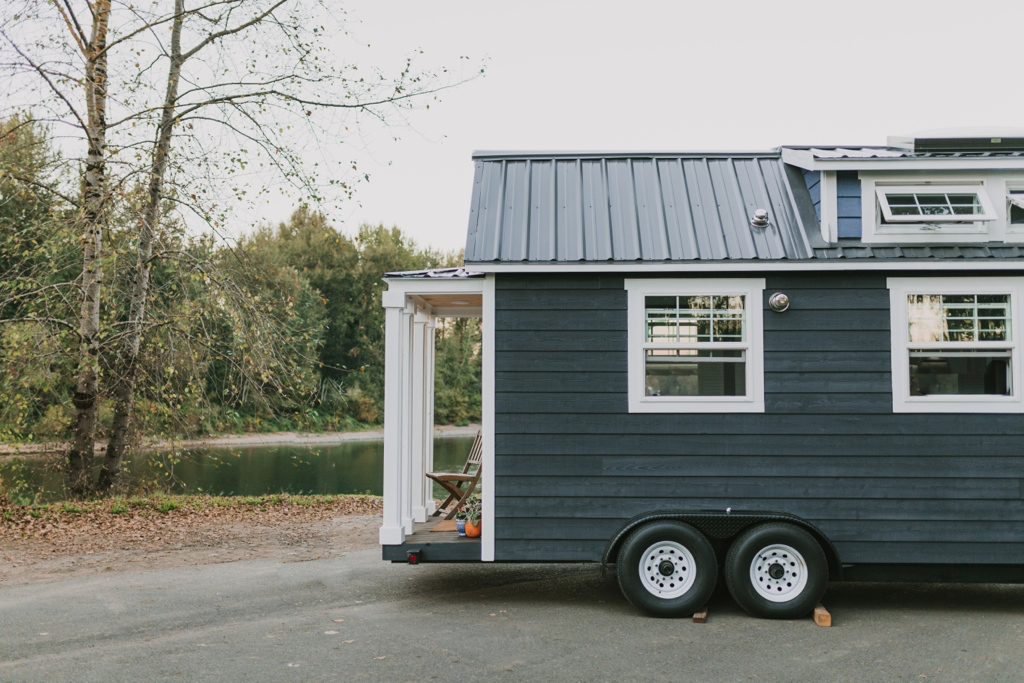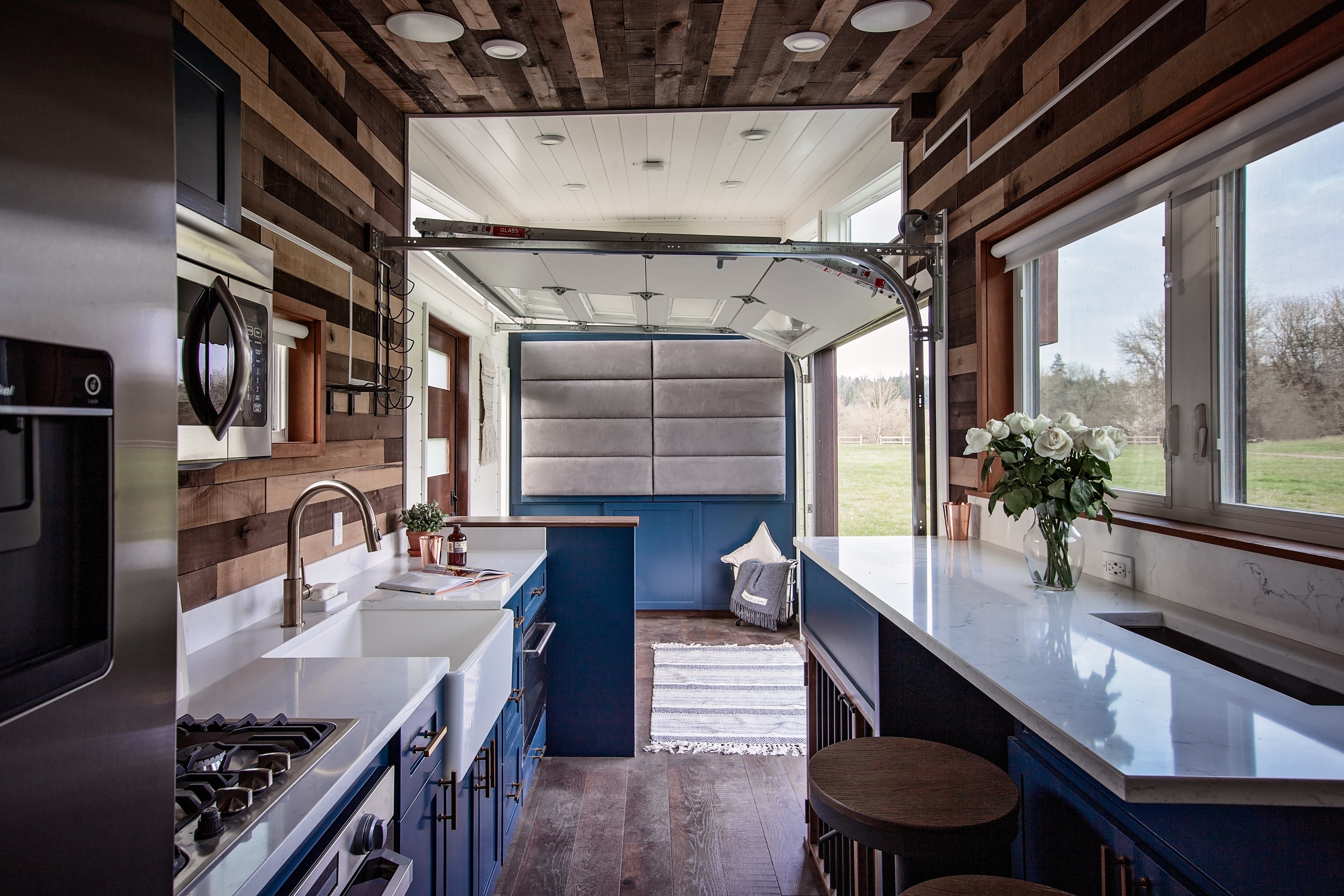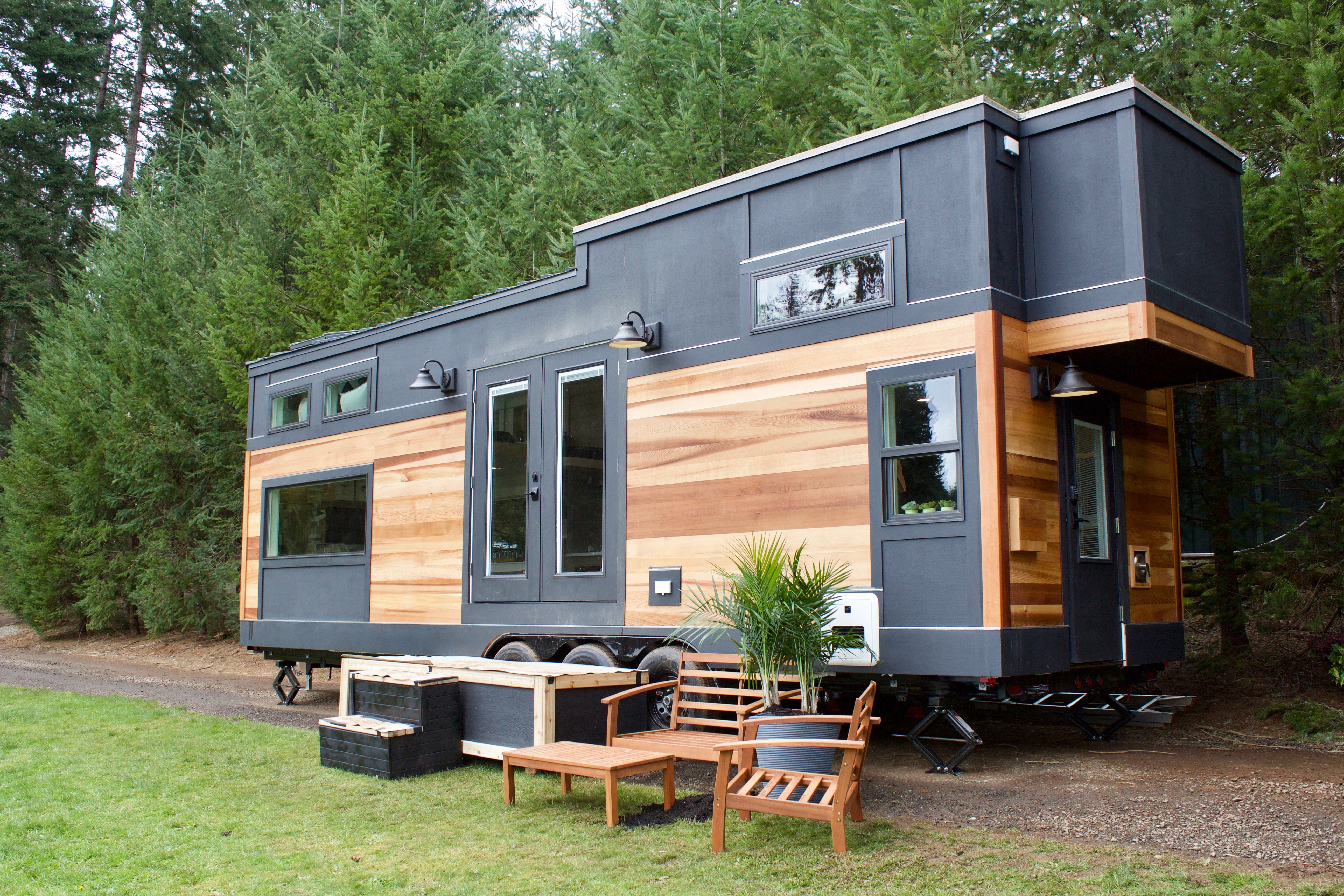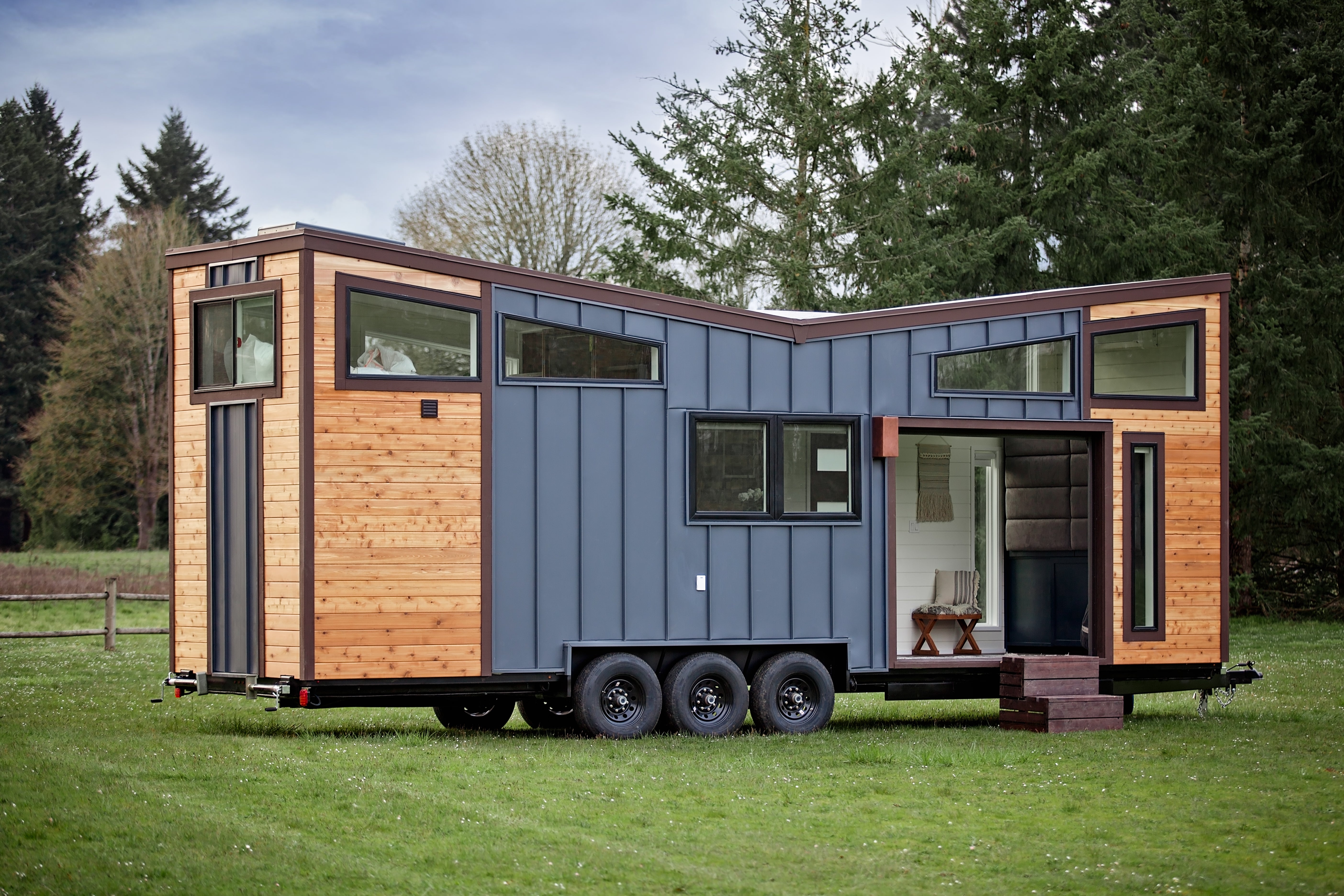Many more people are spending their time at home today than they did ten years ago because of the adoption of new work models, such as remote and hybrid work. These increased hours spent at home make it more important to maximize natural lighting, especially in tiny houses, for improved work and family time experiences.
Allowing optimum light penetration in tiny houses can significantly improve their functionality, especially because they have compact living spaces that need efficient sunshine during the day. Below, we’ll look at four major benefits of optimizing natural lighting in tiny houses so you can make the right lighting decisions for your home.
Creates a Perception of More Space
When every important area in a tiny home is well-lit with natural light, it makes the space feel larger than it actually is. This is crucial because it helps you and other occupants embrace the space and enjoy its comfort rather than focusing on its space limitations.
Large, functional windows and electric skylights that automatically close in rainy weather can trick the eye into seeing more room even in a tiny space. When natural light freely flows into your space, it creates a seamless flow between the exterior and interior, adding visual appeal and tranquility to your home.

Improves Energy Efficiency
By allowing sufficient penetration of natural light into your rooms, you’re minimizing the need for artificial lighting during the day, which significantly reduces energy consumption. Sometimes, when natural light is used strategically, it can passively heat or cool your home without using the heating or cooling systems.
This partial heating or cooling of rooms can also significantly save energy, especially in tiny homes where rooms are compact enough to receive and dissipate heat as fast as needed. The entire energy-saving process is good for both your pockets and the planet at large.
Improves Your Sleep
Most tiny houses are built in the woods for relaxation and isolation from noisy cities and towns. This means that achieving good sleep is a common major priority for many tiny homeowners who want to escape from the hustle and bustle of busy cities. A tiny house by itself may not achieve much in improving your sleep until you improve the penetration of natural light into your space.

Your body’s circadian rhythm influences your sleep cycle, but your circadian rhythm relies on the cycle of the sun for a healthy sleep pattern. This rhythm aligns with the sun’s pattern to make you feel energetic during the day when the sun is up and sleepy in the evening when it goes down. Depending so much on artificial lighting, especially in your bedroom, can interfere with this pattern, thus affecting your sleep.
Best for Indoor Plant Growth
Indoor plants can greatly transform the ambience of many tiny homes, but they risk dying if they don’t get exposed to enough light. While it’s not practical to provide your indoor plants with the same amount of natural light that outdoor plants receive, you can provide just enough for the specific species to thrive.
Different indoor plant species need different amounts of natural light, so it’s important to research the specific plant needs before picking them. Plants that need more light can be placed under a skylight or next to a large window for optimal growth.
Helps Protect the Environment
By relying on natural lighting to illuminate your house, you’re helping protect the environment from an increased carbon footprint. This is because the production of electricity often involves the burning of fossil fuels like oil, natural gas, and coal, which directly impacts your region’s carbon footprint.
When you reduce dependency on electricity for lighting your eco-friendly tiny home, you’re significantly contributing to a sustainable environment that’s safer for everyone.
Improves Your Productivity
Letting in more daylight into your space can significantly boost your mood and improve your approach to daily chores and tasks that otherwise feel boring to complete.
In fact, exposure to enough sunlight has been linked to the easing of mental health symptoms like depression, with doctors recommending light therapy as treatment in some instances. This means light can play a positive role in improving your mood even in times when you feel depressed and gloomy.

Boosts Physical Health
Your body will continuously demand vitamin D to maintain strong muscles, teeth, and bones. Sunlight is one of the cheapest efficient sources of vitamin D, but you need to go outside every morning or evening to enjoy maximum exposure. When you optimize light penetration through efficiently positioned windows and skylights, you directly invite sunlight into your space, bringing in the benefits right where you are.
Additionally, increased exposure to natural light can also help lower blood pressure and reduce the risk of cardiac arrest or stroke. This happens when sunlight hits your skin, your body releases nitric oxide into your blood, which lowers blood pressure and improves heart health. With the rising number of hours spent indoors, it’s important to optimize natural lighting in your enclosed spaces to avoid deficiency and improve overall physical well-being.
Better Vision and Reduced Eye Strain
We all know the effects computer screens and phone screens have on our eyes, but a majority don’t know exposure to fluorescent lights can also have similar effects. Fluorescent lights that operate above a color temperature of 4000K are hazardous to the eye’s ocular tissues. Lights with color temperatures up to 6000K or above can even damage the retina.
With many homeowners unaware of the right color temperature to choose, it’s possible you might be using one of these potentially dangerous lights. The recommended range of light to avoid exposing your eyes to danger is often between 2000 to 3500K. However, you can further improve eye safety by getting more hours of natural light in your home than relying overly on artificial light during the daytime.
Whether you’re concerned about space perception or successful indoor plant growth, optimizing natural light can significantly improve your life. By knowing these benefits, you can design your tiny home to optimize natural light penetration for maximum benefits.






Share: